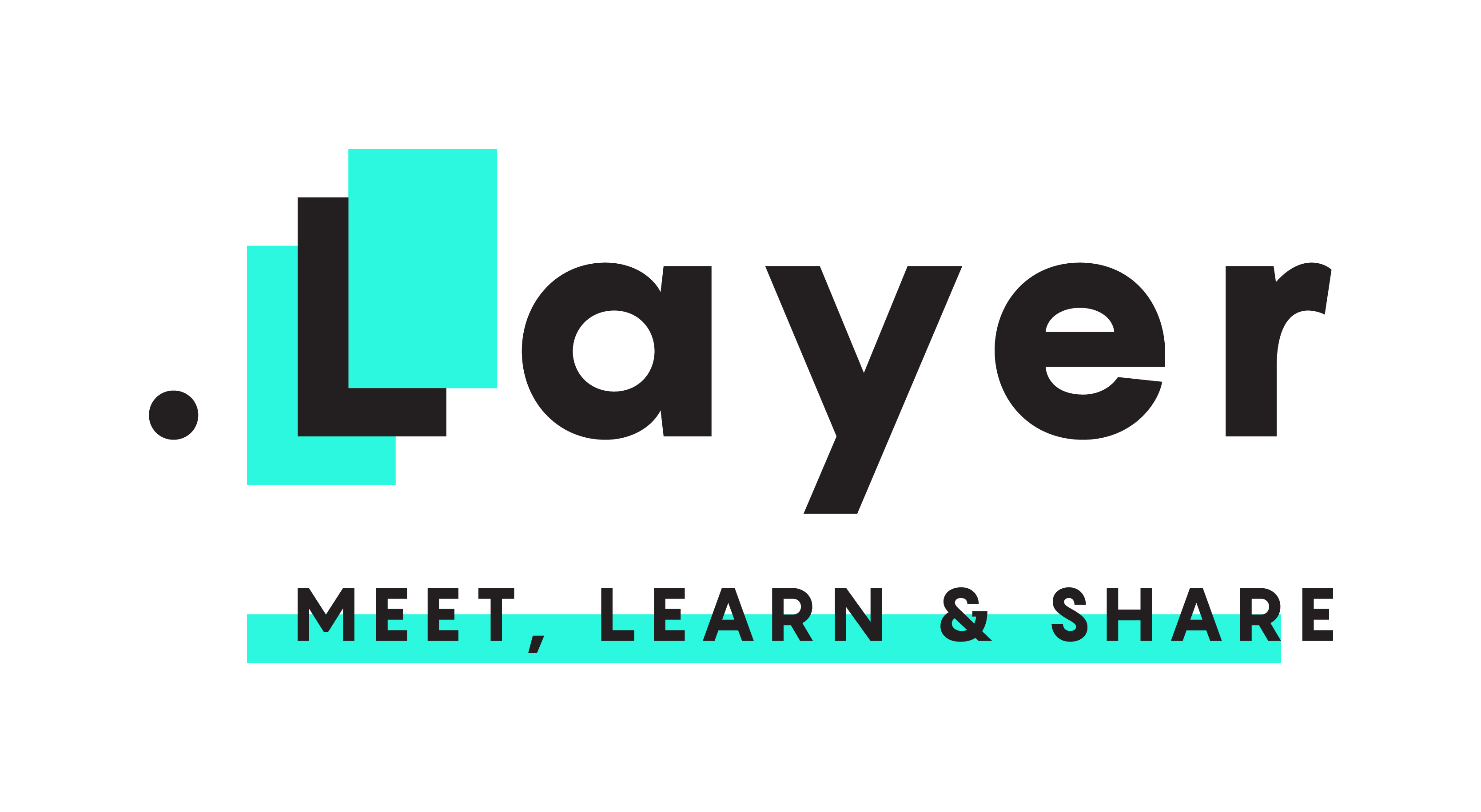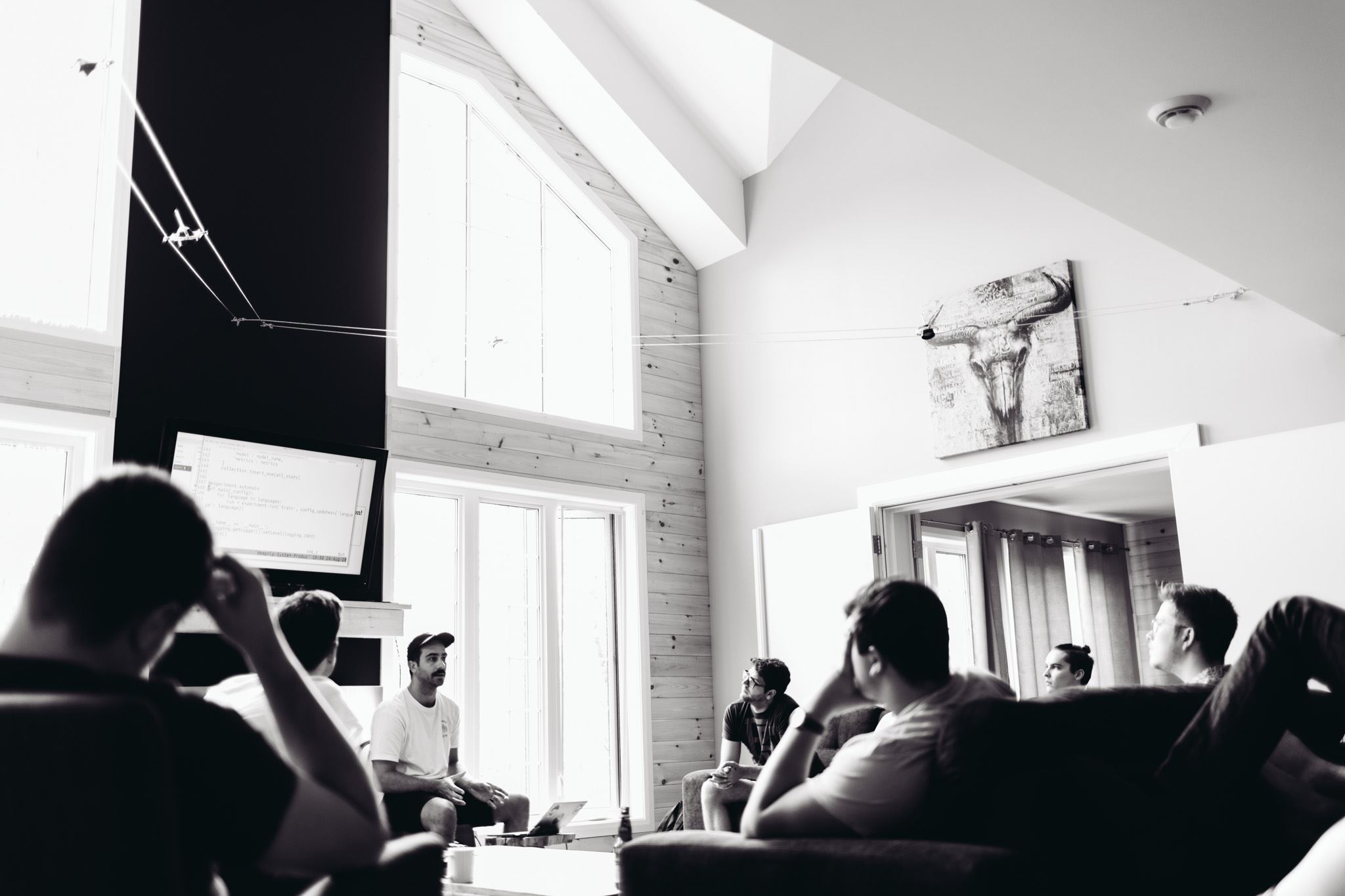How to submit a blog post
A template to contribute to the blog .Layer

Contributing to the blog has never been easier. First of all, it must be said that any submission, whatever its format (Markdown, Microsoft Word, Notepad, name it!), will be considered, and ultimately transcribed into Markdown by our team. We offer the option to submit an article here, and we are already thinking of a way to review non-Markdown documents (possibly Google Docs). This being written, for those who would like to write and submit a post in the conventional way, here is a simple procedure to get there.
- Blog post creation
- Save the
.mdfile used to create this post (available here) under the nameindex.en.md(for posts in English) orindex.fr.md(for posts in French). - Insert your post and modify the header’s essential fields as well as the content (duh). You must save your images in the same folder as the .md file (or in a sub-directory); except for the cover image, its location is specified with the
featured:" "field.
- Save the
- Submission of the blog post
git fork https://github.com/dot-layer/blogdirectory, i.e. fork the blog directory.git checkout -b post/your-initials_post-name, i.e. create a new branch for your post.- Create a new directory
content/ blog/YYYY-mm-dd-post-nameand insert your post (.md or .html) as well as the static files (e.g. images) necessary for its compilation. - Make a Pull Request to the branch master on the blog github.
Let’s take a closer look at each of the steps. But first, a few comments of interest.
License and reproducibility
All blog posts are subject to the license CC-BY. Also, if you want to publish an article already published on another platform on the .Layer blog, please mention it in the post (at the end), as well as in the Pull Request. Finally, keep in mind that the main objective of the blog is education and knowledge sharing.
For reproducibility over time and for all, the repository must remain independent of any code compilation (R, Python, Julia, etc.). For example, if you use RMarkdown (.Rmd), which allows you to integrate R code in a Markdown file, you will have to compile everything and copy only .md or .html in the blog repository (at step 2.3).
1. Blog post creation
Step 1.1. Save, under the name index.en.md /index.fr.md (English / French), the .md file source used to create this blog post. This step is simply to save you from copying the header (in [YAML] format(https://docs.ansible.com/ansible/latest/reference_appendices/YAMLSyntax.html)), which contains some essential fields to fill in.
Step 1.2. The YAML header for this post is as follows.
---
title: How to submit a blog post
author: Samuel Perreault and David Beauchemin
date: '2020-04-21'
slug: howto-en
type: post
categories: ["Contribute"]
tags: []
description: "A template to contribute to the blog .Layer"
featured: "howto-cover.png"
featuredpath: "img/headers/"
reading_time: ""
---
The fields are almost all self-explanatory.
The date field should contain the creation date of the file. We will change it for the publication date in due time (in the Pull Request).
We will also take care of the categories andtags fields.
The slug field is a nickname for your post, which will be used to name the various files linked to the post in the blog directory and the url name.
The featured field should contain the name of the cover image file, whilefeaturedpath (which should remain unchanged) indicates where to find the file. This is where you should place your cover image.
Finally, if the post submitted is already published on another platform, please add the canonical field to specify the platform. For example, in the header of the post What’s wrong with Scikit-Learn published on the blog, we find
canonical: https://www.neuraxio.com/en/blog/scikit-learn/2020/01/03/what-is-wrong-with-scikit-learn.html
in addition to the mention at the end of the post, which refers to the original publication.
As for writing the post, you have to know the basics of Markdown. In addition to the content already in the template that constitutes this post, we recommend this little cheatsheet to use Markdown.
2. Submission of a blog post
Steps 2.1. and 2.2. These are classic operations of Git. If you are not comfortable with Git, let us know and we will make it up! Otherwise, Atlassian offers great free online training.
Steps 2.3. Create a new directory/folder content/blog/YYYY-mm-dd-post-name (in your new repository created in the previous step) and insert your post and the static files (e.g. images) necessary for its compilation. As mentioned earlier in the post, we ask to stick to the .md (or .html), it is no longer a question of compiling R code, Python, Julia, etc. when the post is included in the blog repository.
Step 2.4. Make a Pull Request to the master branch on the blog github. Another classic Git operation. From there, contributors who manage the blog will review the post, make constructive recommendations, and ensure that the rendering is clean.
So there … No more complicated than that. We hope this will help you.



